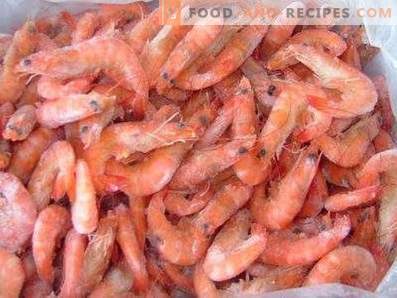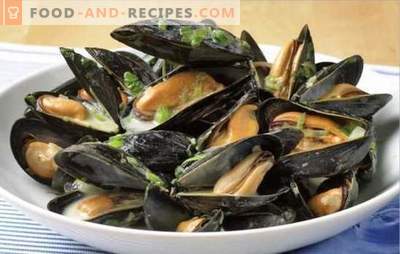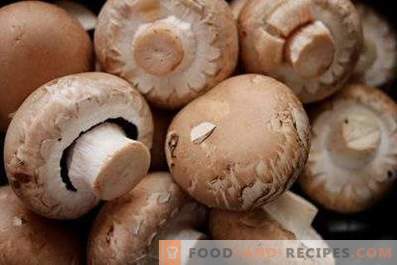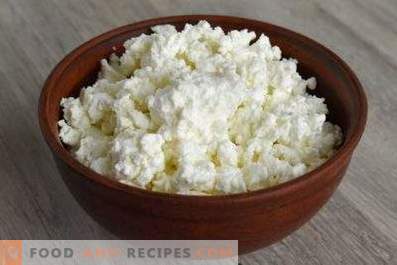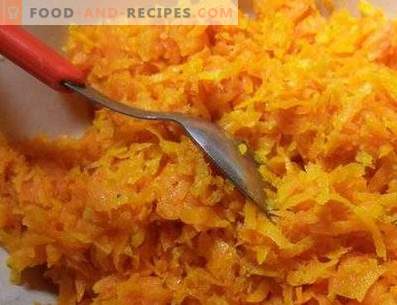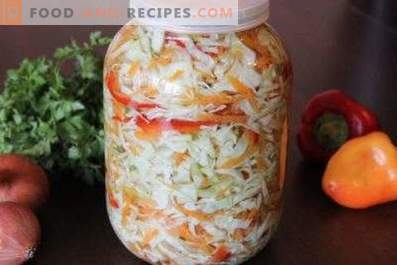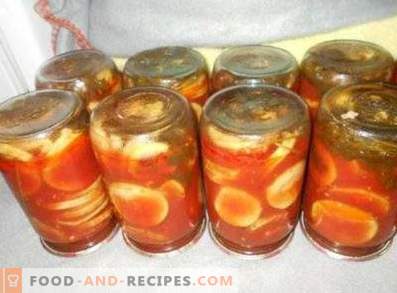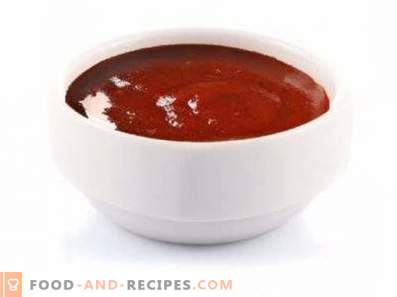
Rapanas are a genus of predatory mollusks living in the seas of the Indian and Pacific Oceans. Now they are filled and the Black Sea.
These active predators feed on smaller mollusks, in particular, oysters and mussels.
For a long time, rapan was not used in food, but only made souvenir shells. Meanwhile, in Western countries, they have long been a delicacy. Today, dishes from these mollusks can be ordered in domestic restaurants.
The secret of rapan is that they need to be able to cook properly. Then the taste of the dish will be really original. In addition, it is important to store the mollusks so that they reach the plate in excellent condition.
Benefit of Rapan
Rapans feed only on meat, so the human body benefits more from them than from other types of mollusks. They contain a lot of protein that helps restore energy balance.
Also Rapan meat is filled with:
- A variety of trace elements that contribute to the maintenance of immunity - potassium, iron, phosphorus, iodine, calcium, sodium.
- Vitamins of group B, and also E, A, C, PP. Together, these substances contribute to the successful struggle of the body against viruses and various ailments. Rapanas are a whole vitamin complex.
It is impossible to eat shellfish only for those who have their individual intolerance.
Rapan storage methods
Rapans - a very rich delicacy, it can not be eaten in large quantities.
Raw clams are stored in:
- fridge;
- freezer.
If mollusks are purchased in live form, they should be immediately sent to the refrigerator. Rapan should be placed in a place where the temperature does not exceed 6 degrees plus. They can not be stored for a long time - a maximum of one day. In the fridge, the rapana will stay alive and fresh. If you leave them longer, then the only place that is suitable for shellfish is the trash can.
To keep rapan for a long time, you need a freezer. The temperature in it directly affects the duration of the period:
- at -10-12 °, the brines will remain fresh for two weeks;
- at -18 ° and below, the mollusks will last up to three weeks;
- Rapana, extracted from shells, at -18 ° may not spoil for one or two months.
Rapan meat should be removed from the shell and put into a food container. You can add ice to the container. The container should be tightly closed and sent to the freezer. The shelf life depends on the above temperature.
Dish, which consists of rapana, you need to eat on the day of cooking. Its remains are stored in the refrigerator for no more than a day. After 24 hours, the dish will begin to rot and become dangerous for consumption. Shellfish are perishable foods. But if you freeze boiled rapan, then they can be safely stored in the freezer for up to six months.
Rapan storage features
- If the mollusks were purchased in a package, it should be opened before direct cooking.
- It is important to store the sealed product as it is written on the bag.
- Thawed mollusks should not be re-frozen.
- Rapan can be covered with a wet towel so that they retain moisture longer.
- The mollusks that died during storage in the refrigerator should be thrown away immediately. If you do not do this, then the rest of the Rapans will quickly die and rot.
- It is not recommended to store mollusks in water.
Rapana along with other types of mollusks do not have a long shelf life. The determining factor is the type in which they were acquired. After all, rapan is sold in shells and without them, fresh and frozen. Each species is stored a different period of time. Since there is a lot of squirrel in rapana, they deteriorate faster than mussels and oysters.




